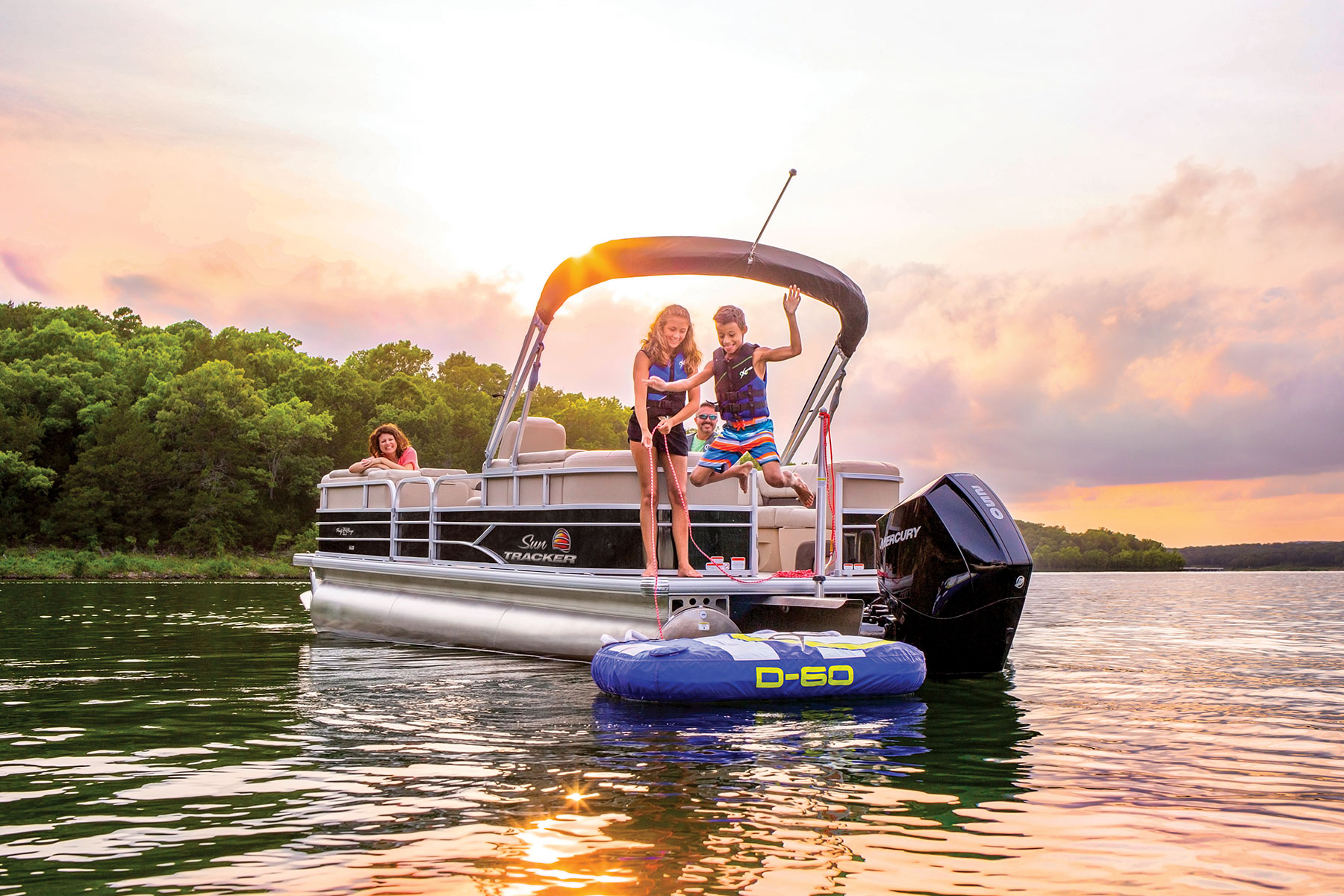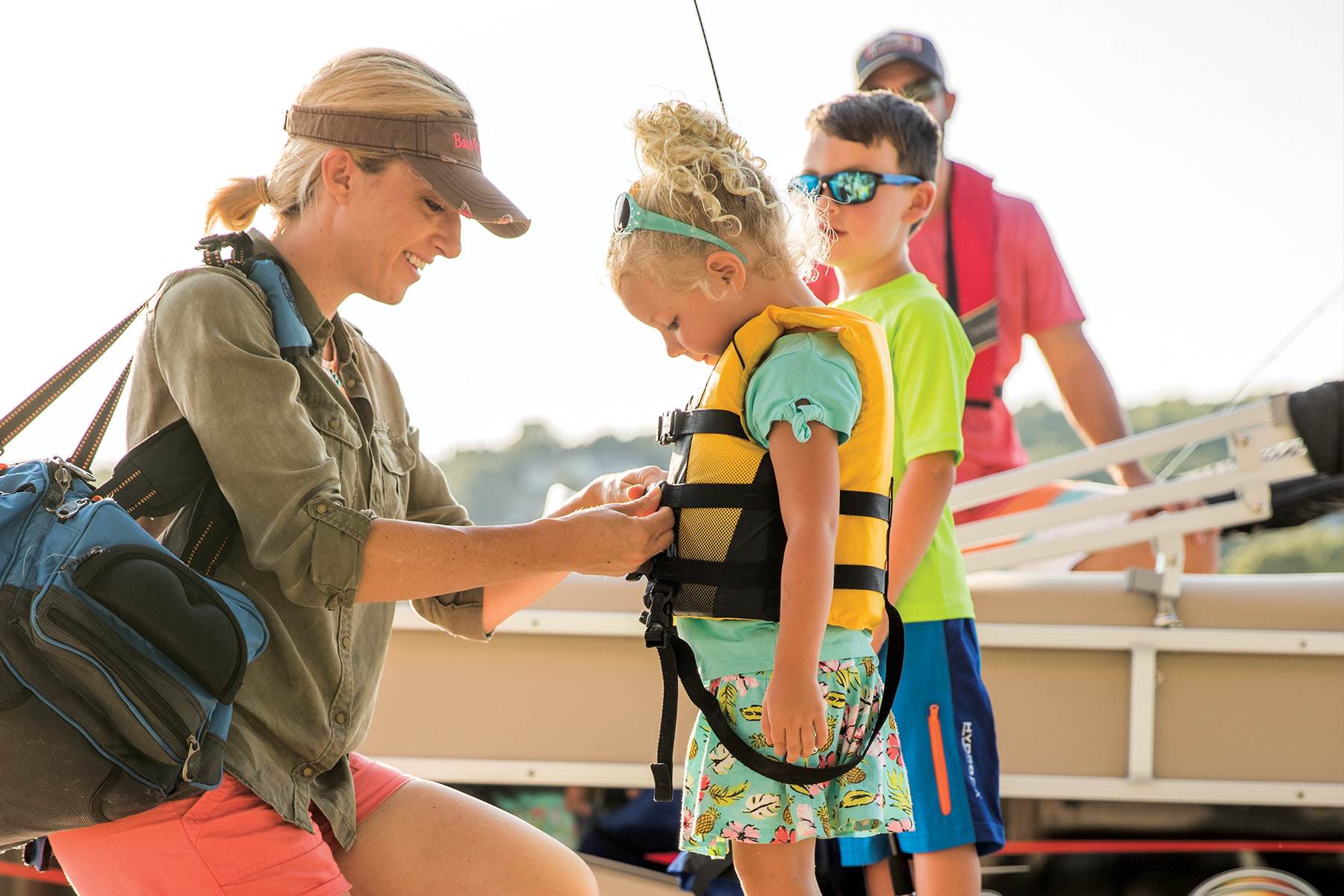Boaters in the 42 states with mandatory boater education laws must obey specific rules when boating on their home waters. If you live in those states, there are other rules to know and follow—the U.S. Coast Guard Rules of the Road.
The Coast Guard is most recognized as a branch of the military. Did you know its responsibility also covers recreational boating safety? It even has a uniformed auxiliary service known as the U.S. Coast Guard Auxiliary, whose mission is to promote and improve boating safety.
That makes awareness of and following some of the basic rules a must. A practical comparison is how you react at a roadway intersection. There are no stop signs on the water, so every encounter is like approaching an unmarked intersection. You also need more reaction time, because your boat has no brakes.
As a skipper, your primary obligation is to operate the boat in a safe manner. Follow these basic rules of the road so your boating adventures—and those of others—stay safe and fun.
The rules of the road are interpreted by the status of your vessel. For most situations, there are two definitions. The boat that wishes to overtake another boat is the Give-Way Vessel. You are the Stand-On Vessel when maintaining a current course and speed as the other boat passes.
There might not be four-way stops on the water, but there are priorities for encountering other vessels. Here are the scenarios based on priority from the top down.
- Overtaking vessel – The boat intending to pass another vessel.
- Vessel not under command – Any vessel that for some exceptional situation—like a mechanical issue—is unable to keep out of the way of another vessel. What doesn’t count is a skipper endangering the safety of the other boat by not paying attention.
- Vessel restricted in its ability to maneuver – An operation is underway—such as a fishing vessel pulling in nets—that prevents the boat from maneuvering as required by the rules.
- Fishing vessels engaged in fishing, with gear deployed – Pertains mostly to commercial fishing vessels. A bay boat with lines out and trolling for gamefish is not considered under this rule.
- Sailing vessels – Any vessel under sail alone. A sailboat is considered a powerboat when being propelled by a motor.
- Power-driven vessel – Any vessel powered by an engine.
Preventing a collision is the priority. Knowing the above pecking order is a start. Avoid collisions by knowing how to steer the boat when encountering these situations—overtaking (passing), meeting head-on and crossing the path of another vessel.
When two boats are crossing, the vessel which has the other on the starboard side (Give-Way Vessel) must keep out of the way of the other vessel (Stand-On Vessel).
Your mind can play tricks on your steering hand when meeting a vessel head-on. Which way to steer—left or right? In a meeting situation, both vessels must change course to starboard, so that each boat passes on the port side of the other.
When passing another vessel (Give-Way Vessel), you must steer around the Stand-On Vessel. This rule applies even if the overtaking vessel is powered by wind or oars.
You must avoid large vessels like freighters or barges when those can only travel in a narrow channel like a river or canal. You must heed the right of way, even when operating under the rules of the road. The best course of action is to operate outside the channel and be on the lookout for oncoming traffic when navigating around the bends.
Knowing the rules of the road is your responsibility as a captain. The Coast Guard is the governing federal authority for all maritime boating laws, regulations and even how boats are built—such as the capacity plate affixed to the helm or near the transom. Keeping abreast of new laws and amendments to existing regulations is your responsibility as well.
For example, LED lighting schemes are a hot trend among boaters. Bright, rope lighting hung from the Bimini top and multicolor light strips and panels that illuminate gunwales and transoms add style and beauty to your boat at night. But, guess what? Some of those aftermarket products are non-compliant and can hinder the view of the white stern light and red and green lights required at the bow. In the interest of boating safety, the Coast Guard issued a Marine Safety Alert concerning marine navigation lights. It is one of many bulletins that you can find on the Coast Guard website.
The Coast Guard Auxiliary offers a number of boating courses for any interest and skill level. Classes are taught by experienced instructors, and you can find a course near you on the organization’s web site.
For the entire listing of the rules of the road, refer to the “Navigation Rules of the Road” published by the Coast Guard. You can view it on the Coast Guard website.


